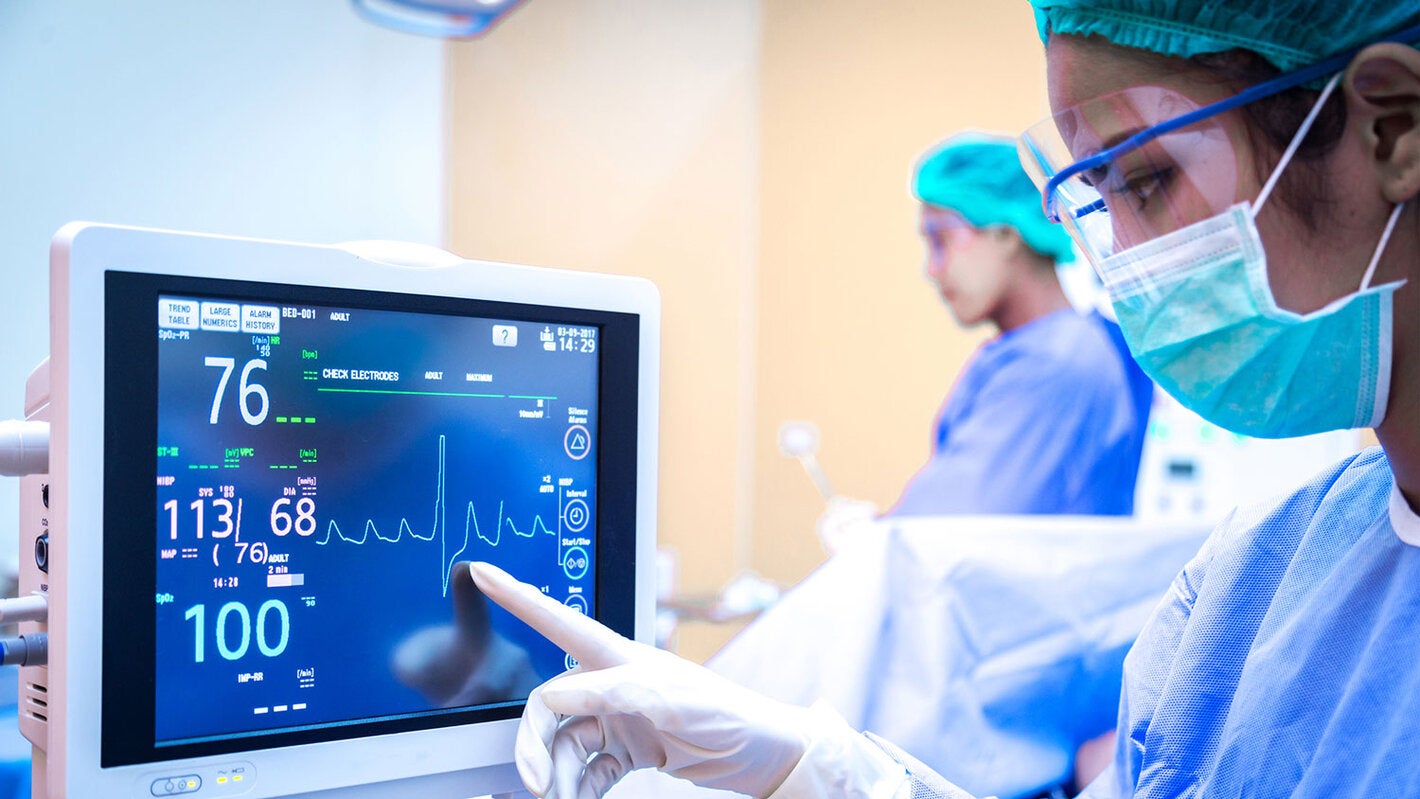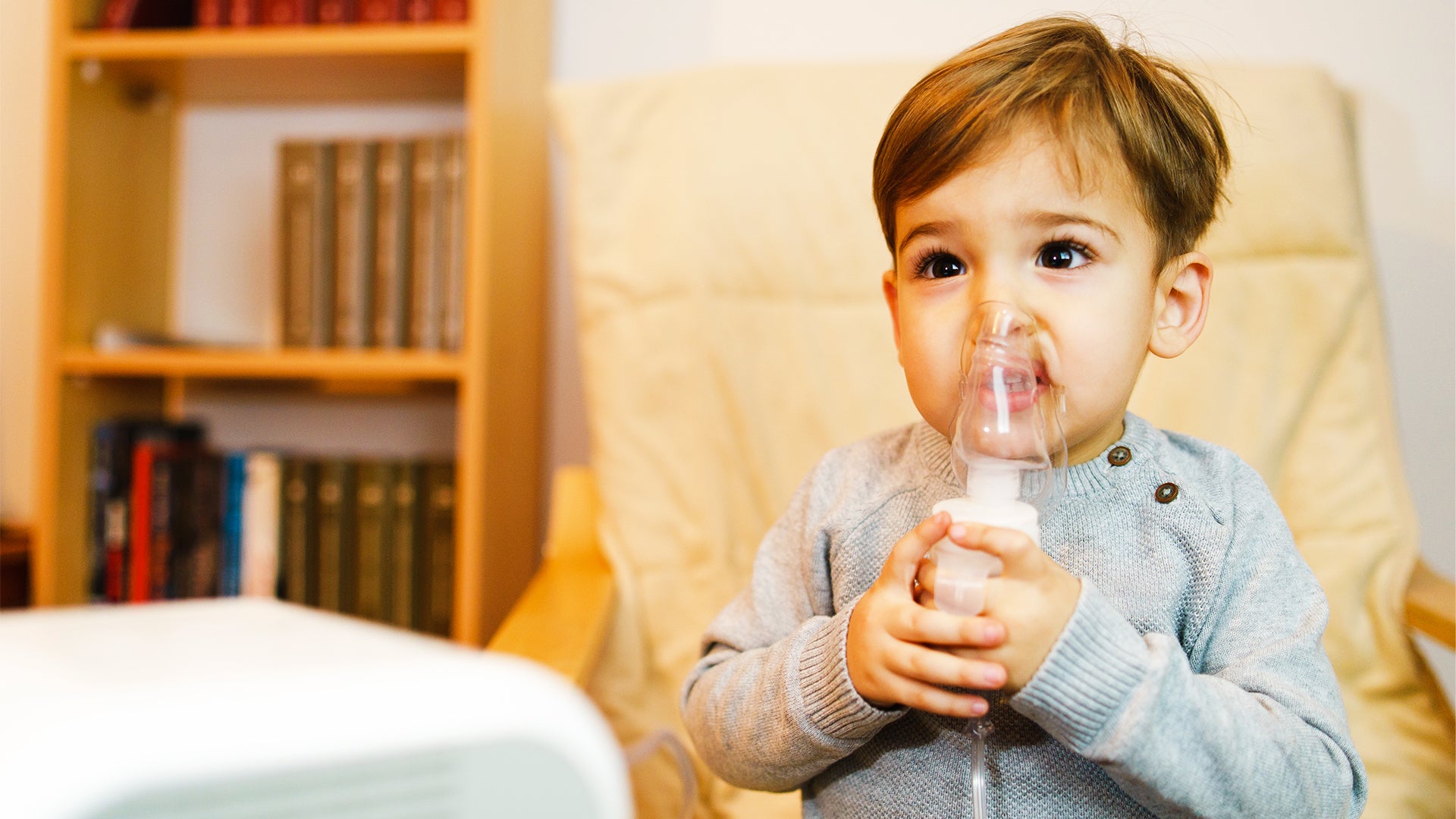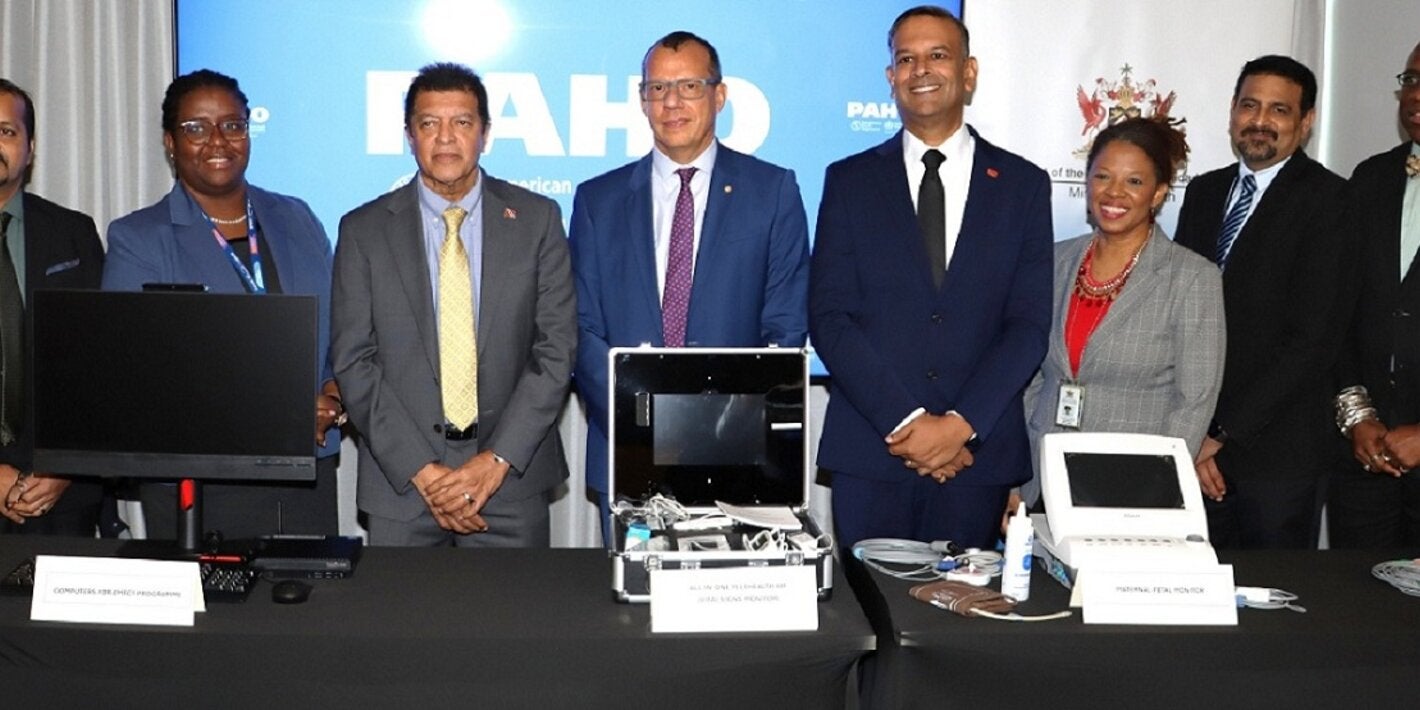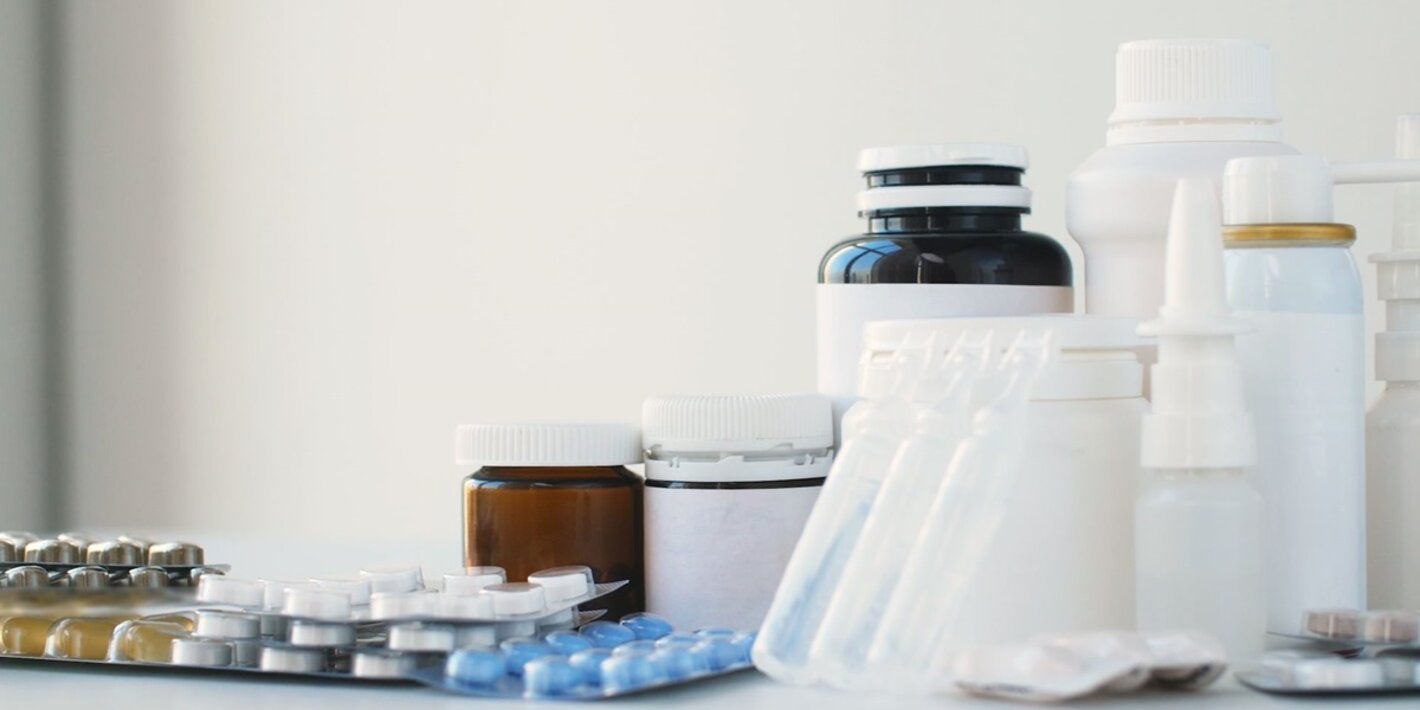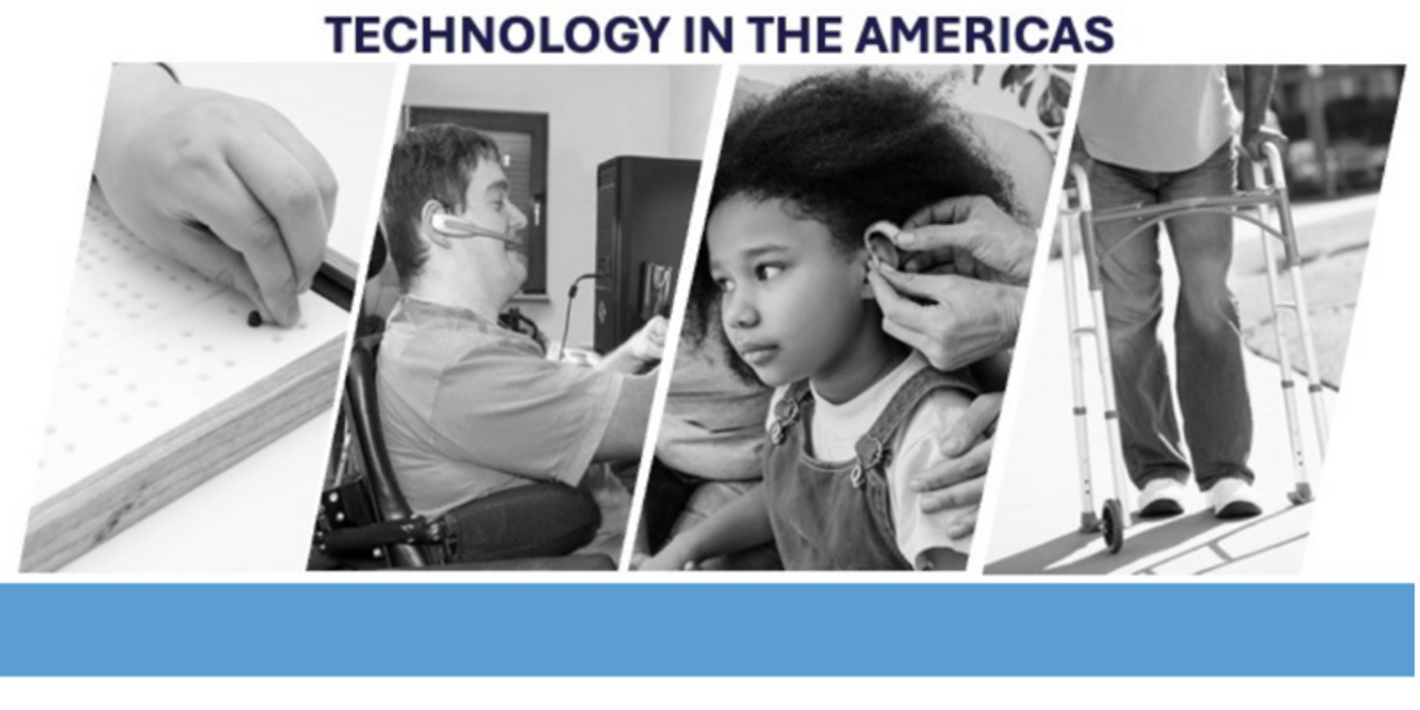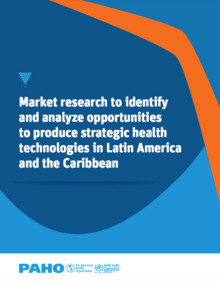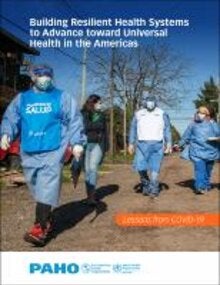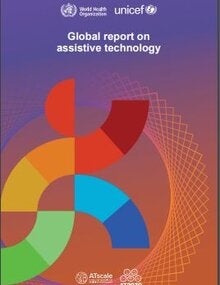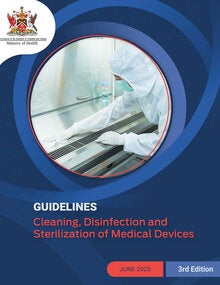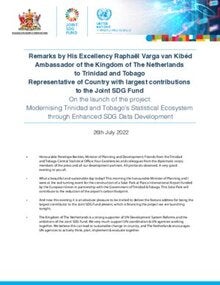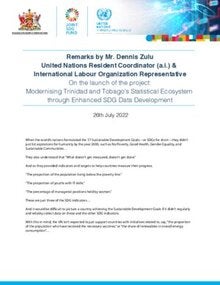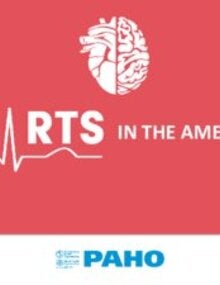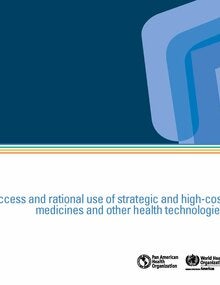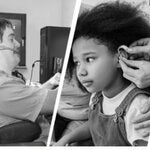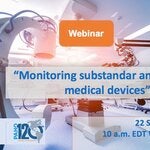Medical Devices are considered a fundamental component of Health Systems; the benefits they can provide continue to increase as they're essential to prevent, diagnose, treat and rehabilitate illnesses and diseases in a safe and effective way.
The steps that involve Medical Devices manufacturing, regulation, planning, assessment, acquisition, and management are complex but essential to guarantee their quality, safety and compatibility with the settings in which they are used.
- Medical devices, in particular, are crucial in the prevention, diagnosis, and treatment of illness and disease, as well as patient rehabilitation
- A health technology is “any intervention that may be used to promote health, to prevent, diagnose or treat disease or for rehabilitation or long-term care”
- Appropriate HTA strategies enable developing and emerging countries to contextualize global knowledge, support transparent and accountable decisionmaking, and promote health equity.
The Pan American Health Organization (PAHO), through the Medicines and Health Technologies area, supports countries of the Americas Region with Medical Device Regulation, Health Technology Management and Health Technology Assessment (HTA).
PAHO undertakes several activities in order to build capacity in Member States through Regional meetings and workshops, technical cooperation, information sharing, and training through online courses.
The objective of PAHO is to collaborate with the Member States in the creation and strengthening of Regulatory Capacity on Medical Devices in the Americas Region in order to guarantee the quality, safety and efficacy of products used by the population.
PAHO has promoted the harmonization of the regulatory requirements of several countries through annual Regional meetings, information exchange, joint projects, training and the recent designation of CECMED as a PAHO/WHO Collaborating Centre for the Regulation of Health Technologies.
In 2014, PAHO was designated as an Affiliate Organization of the International Medical Devices Regulators Forum (IMDRF)



